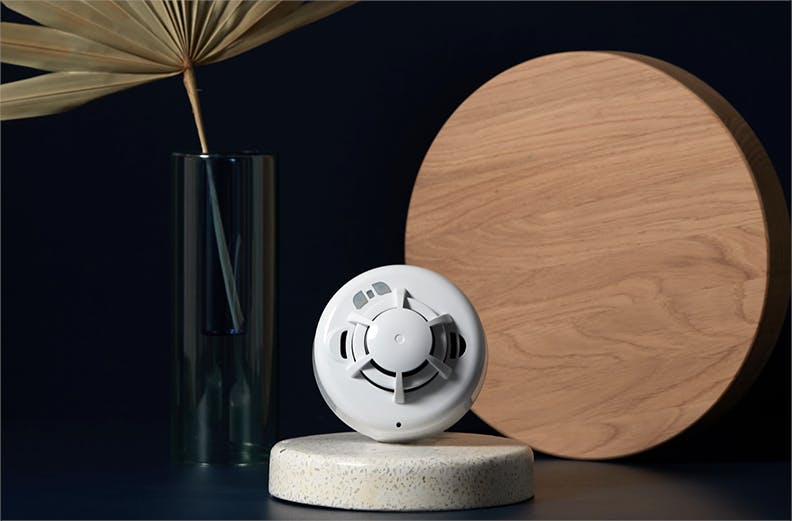
What to do if you find your Carbon Monoxide alarm beeping:
It’s the middle of the night and your carbon monoxide alarm is beeping – or even blaring. If you hear your carbon monoxide alarm beeping, get out of the house! Once all of your family and pets are safely out, call the fire department. When the fire department arrives they will assess the situation, make sure you are safe, and provide further instruction. Most importantly, be sure not to go back in to the home until you’ve been given the all-clear from first responders.
Whether it’s a real emergency or a false alarm, always take these alerts seriously. While false alarms are possible, and it may seem more convenient to disregard the alarm, you don’t want to take chances when it comes to carbon monoxide. Put your health and safety first and exit the building if you hear the carbon monoxide alarm beeping to avoid suffering the harmful effects of exposure. It’s always better to be safe than sorry.
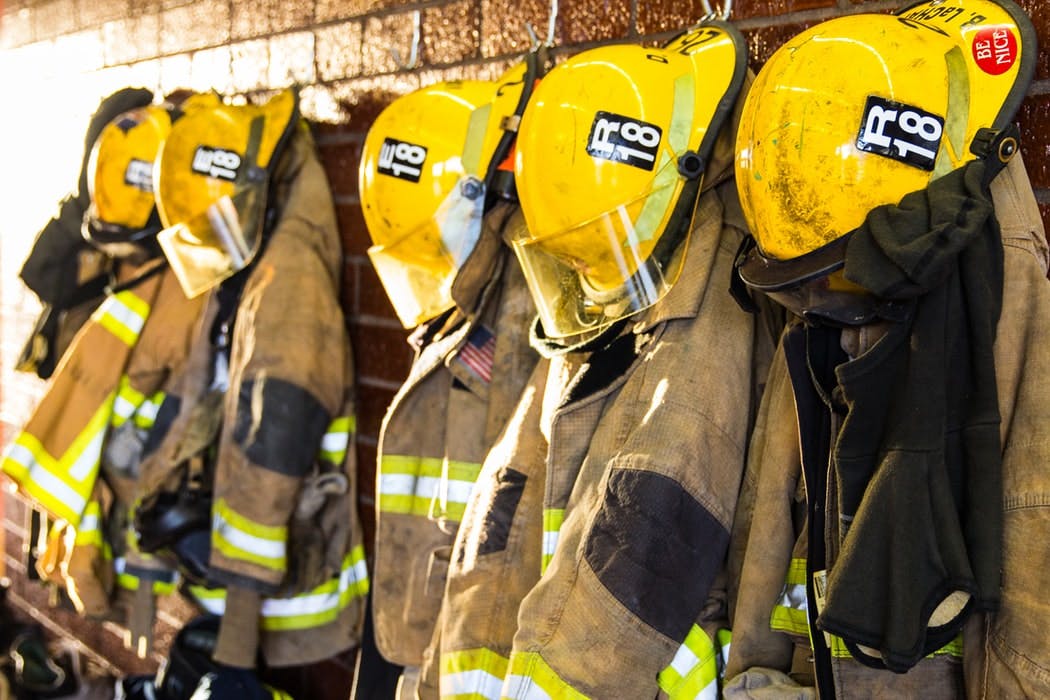
What is carbon monoxide?
Carbon Monoxide is tricky. It’s a clear, odorless, tasteless gas; a silent killer. It’s created and found in fumes associated with burning fuel, originating in engines but also in home appliances like stoves, grills, lanterns, fireplaces, and furnaces. Because carbon monoxide builds in enclosed places and is produced by so many every day use appliances and utilities, it is important to be informed and ensure the proper ventilation. Once CO builds up indoors, it can poison both people and animals who breathe it.
Symptoms of carbon monoxide poisoning.
Unfortunately, without CO detectors in the home, there’s very little that can alert you of the presence of carbon monoxide. There are, however, a few symptoms of CO poisoning to look out for. Dizziness, headache, or confusion, can all be early signs of carbon monoxide exposure. If any of these symptoms come on suddenly and unexpectedly, get out of the house and seek medical attention immediately.
Your best bet is always going to be the proper safety features in your home. Let’s talk a bit about carbon monoxide detectors and how you can ensure you have the most reliable solution to keep your family safe.
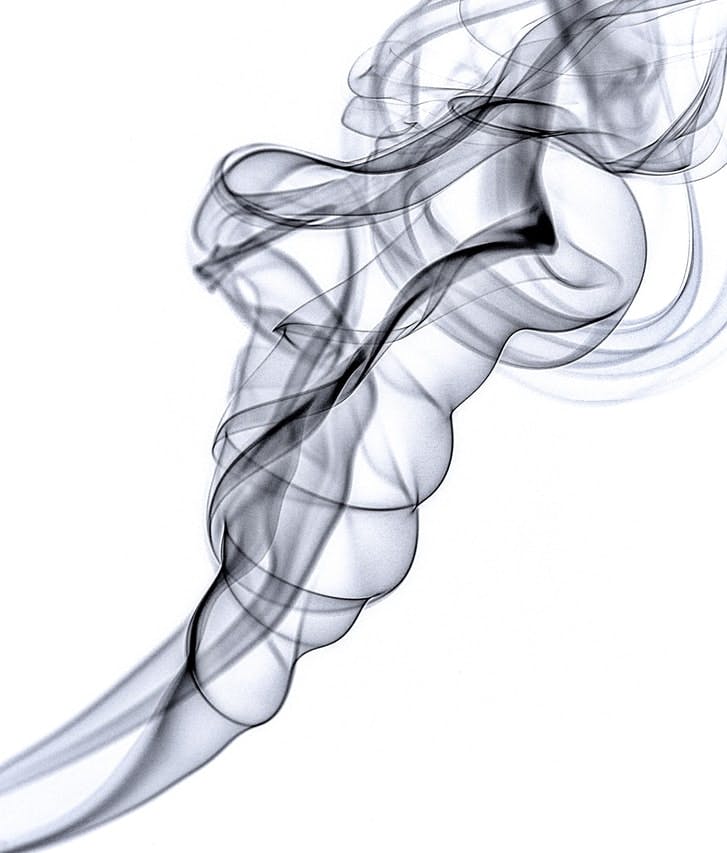
Smoke alarm versus CO detector.
A common misconception is that a home is safe as long as you have a working smoke alarm. This is not true. A CO detector works differently than a smoke alarm and they are not interchangeable. There are two different types of smoke alarms The first uses photoelectric sensors which send out beams of infrared light. When this light is blocked by the presence of smoke, it will sound. The second type is an ionization alarm which uses a minor amount of radioactive material to enable electric currents to flow. If smoke enters the chamber it interrupts the flow between the electrodes and triggers the alarm. An ionization alarm is better for detecting fast-flame fires but has a higher chance of being set off by steam or dust causing a false alarm.
However, it’s important to note that neither type of smoke detector functions as a detector for carbon monoxide. Despite building codes requiring smoke alarms, there is no code requirement for CO leaving most homes completely unprotected. Upgrading to higher quality smoke and carbon monoxide alarms will improve the overall safety and security in your home.
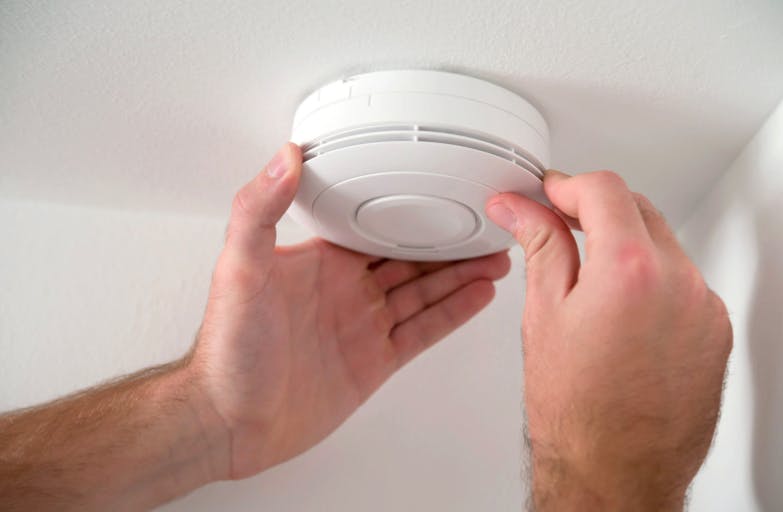
How do CO detectors work?
Having a properly working CO detector could be a matter of life or death. There are several different types and models to choose from, but they all have one purpose: detecting CO.
There are several basic designs of CO detectors used to detect the levels of carbon monoxide it comes in contact with. No matter which one you choose, your alarm will be triggered once it detects the presence of a dangerous gas. Having your carbon monoxide alarm beeping correctly is going to be essential. More advance CO detectors will also include other alerts to let you know of low battery or the end of the device’s lifespan.
Which brings up another key point… change the batteries often and update your detectors when it’s time. Twice a year when you set your clocks forward or back during daylight savings, it is recommended to change the batteries for maximum security. Use higher quality batteries in your detectors. Not only will they last longer and provide better performance, but they will keep your detector in the best working condition. Poor battery performance can either damage your device or cause device failure. Ask any emergency responder and they’ll suggest that you splurge a bit on the more advanced models to ensure the safety of your home and family.
If your carbon monoxide detector is part of a home security system, you will have the advantage of having the fire department called as soon as the alarm sounds, saving you and your family precious time. This way, you can focus on getting everyone out of the home while first responders get to you and make sure everyone is alright.
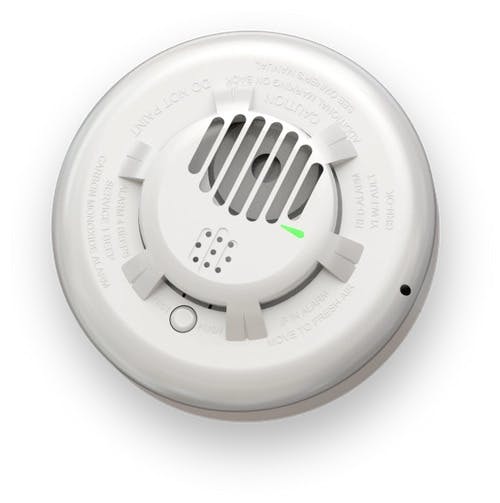
Carbon Monoxide Detector Placement:
It’s not enough just to have CO detectors in your home. Placing your detectors in the proper locations is key to accurate CO detection and your safety. Unlike smoke, carbon monoxide disperses itself around the room, making the ceiling an unideal place to install your CO alarm and detect a carbon monoxide leak. Same goes for corners of the room or a part of the home which does not have great airflow. The best places to install CO detectors would be in the kitchen, near any gas appliances, and in the central living space where the airflow is the most consistent.
In general, placing the CO detector five feet from the ground is the safest location. Also consider placing one on every floor of the home and outside bedrooms. This will help to ensure maximum protection and provide the most extensive coverage. If you are purchasing a combination smoke and co detector, the detector is sensitive enough that you can install it on the wall or the cieling. Because of the negative and harmful effects of CO exposure, and with how inexpensive it can be to make sure that your home is safe, installing as many as needed is a worthwhile investment.
How Cove can help protect you against carbon monoxide.
Protecting you and your family from CO starts with installing a high-quality system. Cove home security also offers a combined smoke and CO detector that that will keep you protected. This simple, easy to install, DIY system comes stacked with 24/7 home monitoring, providing you with complete home protection and more. In the event of a carbon monoxide emergency – or any emergency – Cove sends your information directly to emergency dispatchers saving you precious time and ensuring that the fire department or first responders can reach you immediately. When you hear your carbon monoxide alarm beeping, all you’ll need to focus on is getting your family to safety and waiting for the fire department to arrive.
Your family’s safety is your top priority. Make sure that you’ve got reliable and working carbon monoxide detectors and safety equipment in your home. Combine that with a full home security system and enjoy the protection and peace of mind that comes with it.
